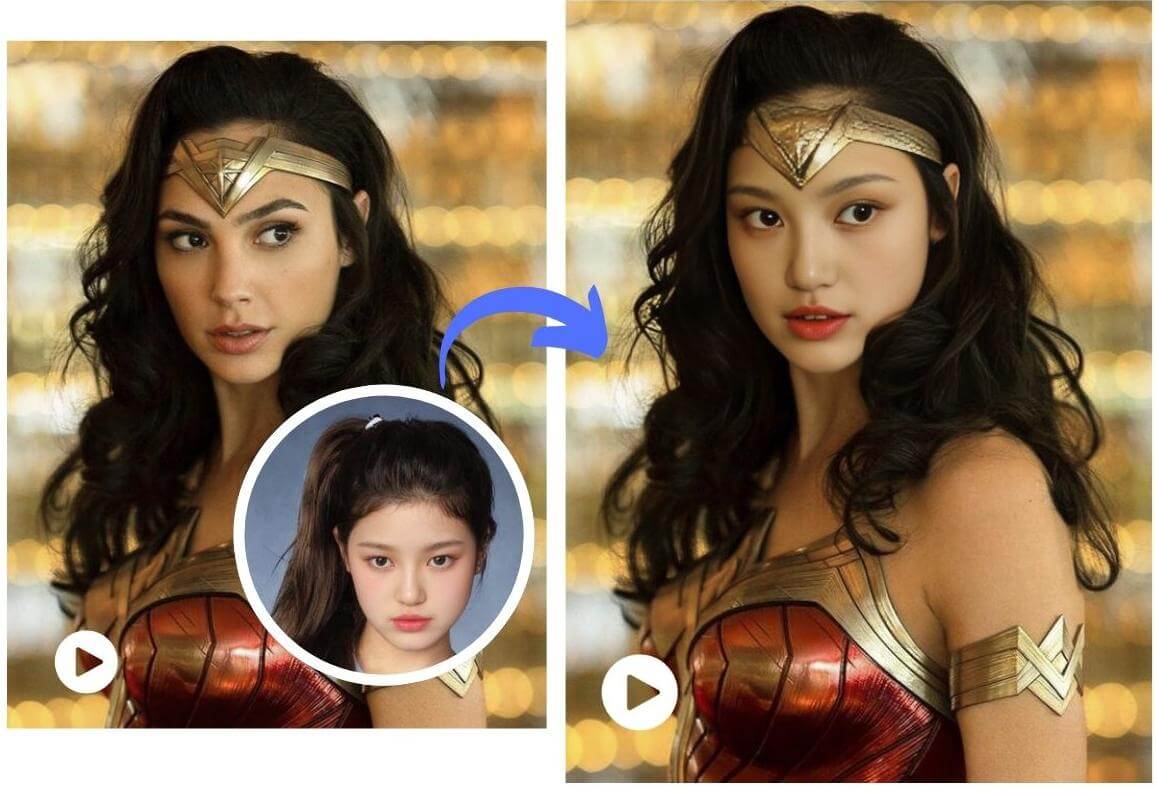In the realm of journalism, ethics play a central role in maintaining public trust and credibility. As digital tools evolve, journalists are confronted with new ethical dilemmas, including the use of face swapping technology. The question of whether it is ethical to use face swap technology in journalism hinges on issues of authenticity, consent, and the potential for misinformation.
Authenticity in Reporting
Authenticity is the bedrock of journalism. Any content that distorts the truth undermines the trust between the media and the public. Face swapping, by its very nature, alters the truth of an image. For instance, using face swap to depict a public figure in a scenario they never actually participated in can mislead viewers, even if the intent was humorous or satirical.
Potential for Misuse
The misuse of face swapping in journalism can have serious implications. A survey conducted in 2021 found that 62% of respondents were unable to identify sophisticated face-swapped video content as fake. This confusion can lead to misinformation, where people might believe in altered scenarios, affecting public opinion and even swaying elections. The risk is especially high in politically charged environments where visuals can be potent tools for propaganda.
The Case for Using Face Swap Ethically
There are circumstances under which face swapping could be ethically acceptable in journalism. For example, protecting the identity of a vulnerable source in a sensitive news story. In such cases, face swapping can be used to replace the individual’s face with another, ensuring their safety while maintaining the story's impact. However, this practice must be clearly communicated to the audience to avoid any misunderstanding about the authenticity of the visual representation.
Ethical Guidelines and Transparency
To navigate the ethical minefields, media outlets must develop strict guidelines on the use of face swapping technology. These guidelines should mandate transparency about the use of altered images and require explicit consent from any individuals whose faces are used to create the swapped images. By informing viewers about the use of face swap technology, journalists can maintain a level of trust while using new digital tools to tell compelling stories.
Explore how face swapping is reshaping digital interactions and creative narratives at Face Swap. Here, technology pushes the boundaries of what digital platforms can achieve, provided it's used responsibly.
In conclusion, while face swapping offers exciting possibilities for creative expression and protective anonymity, its use in journalism must be carefully considered. Ethical journalism requires upholding standards of truth and transparency, and any deviation from these principles through the use of face swapping must be cautiously managed to maintain the integrity of the profession.

